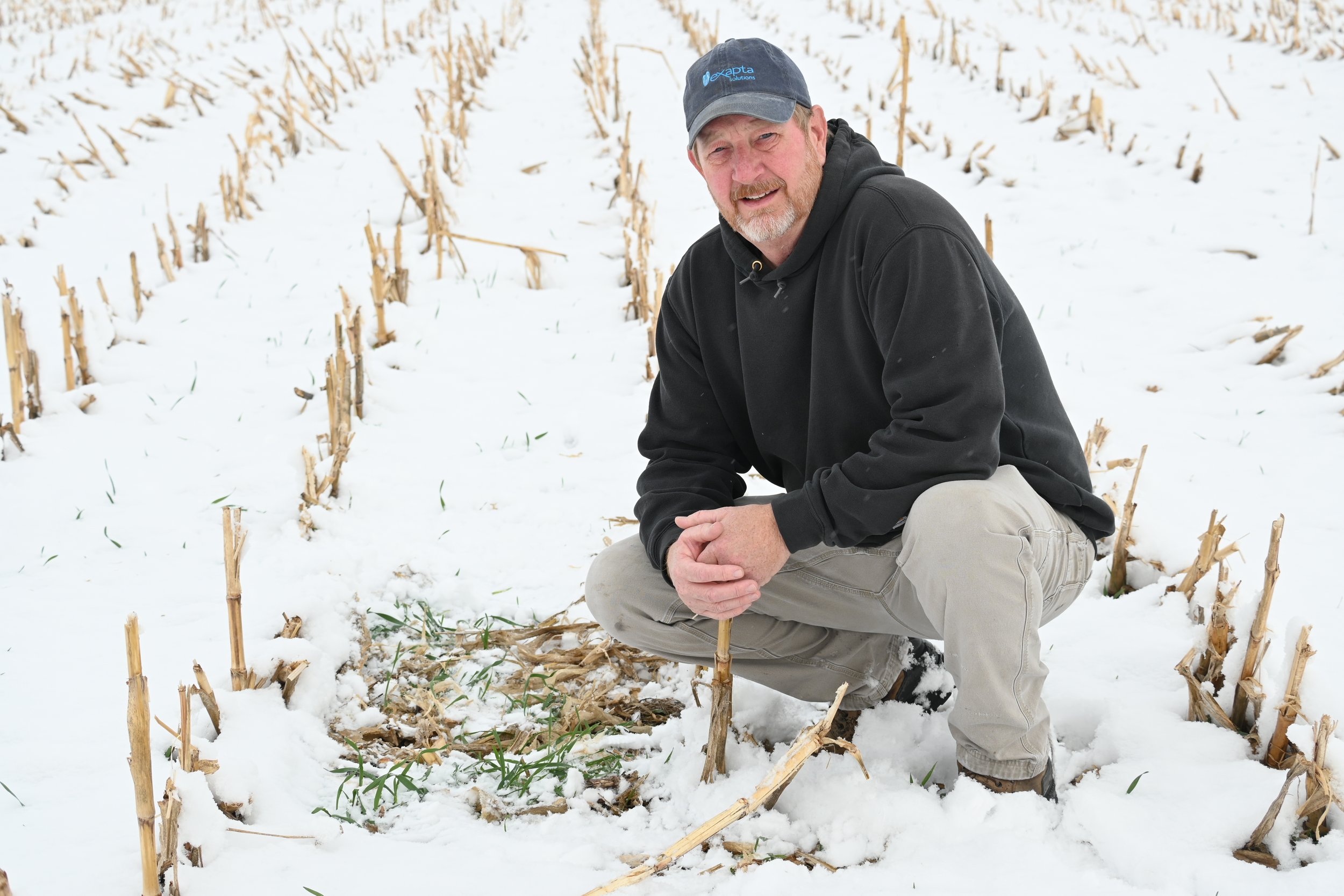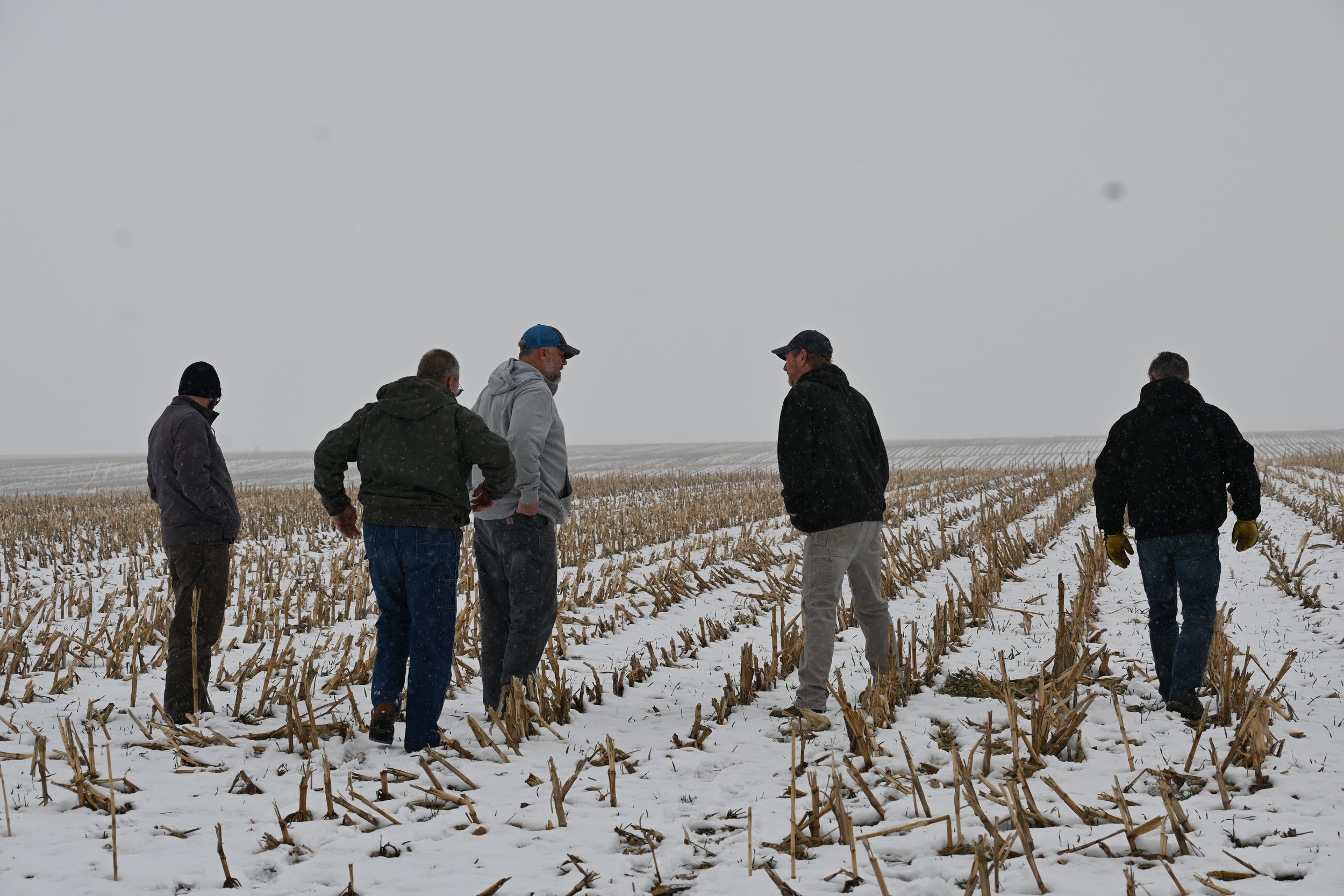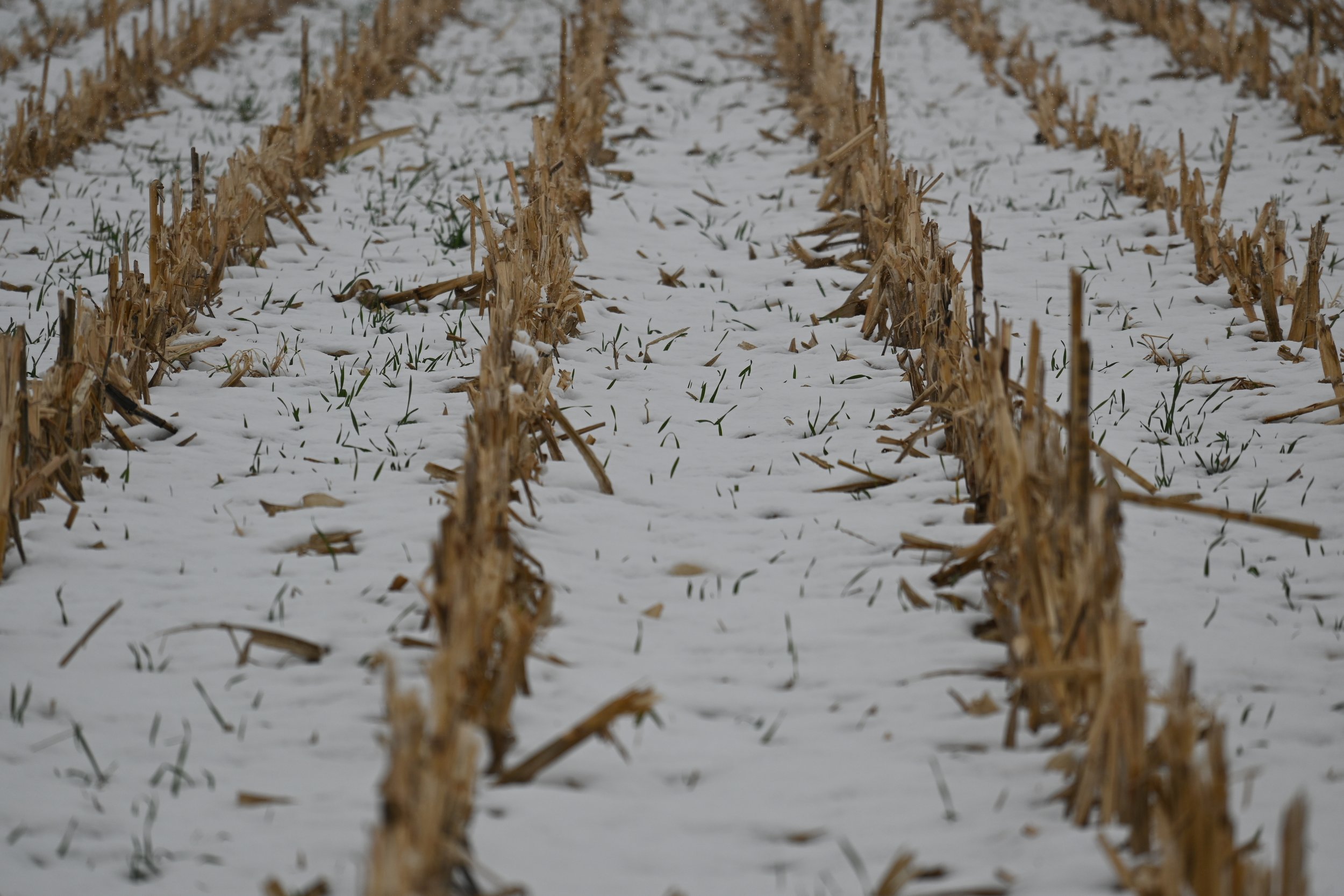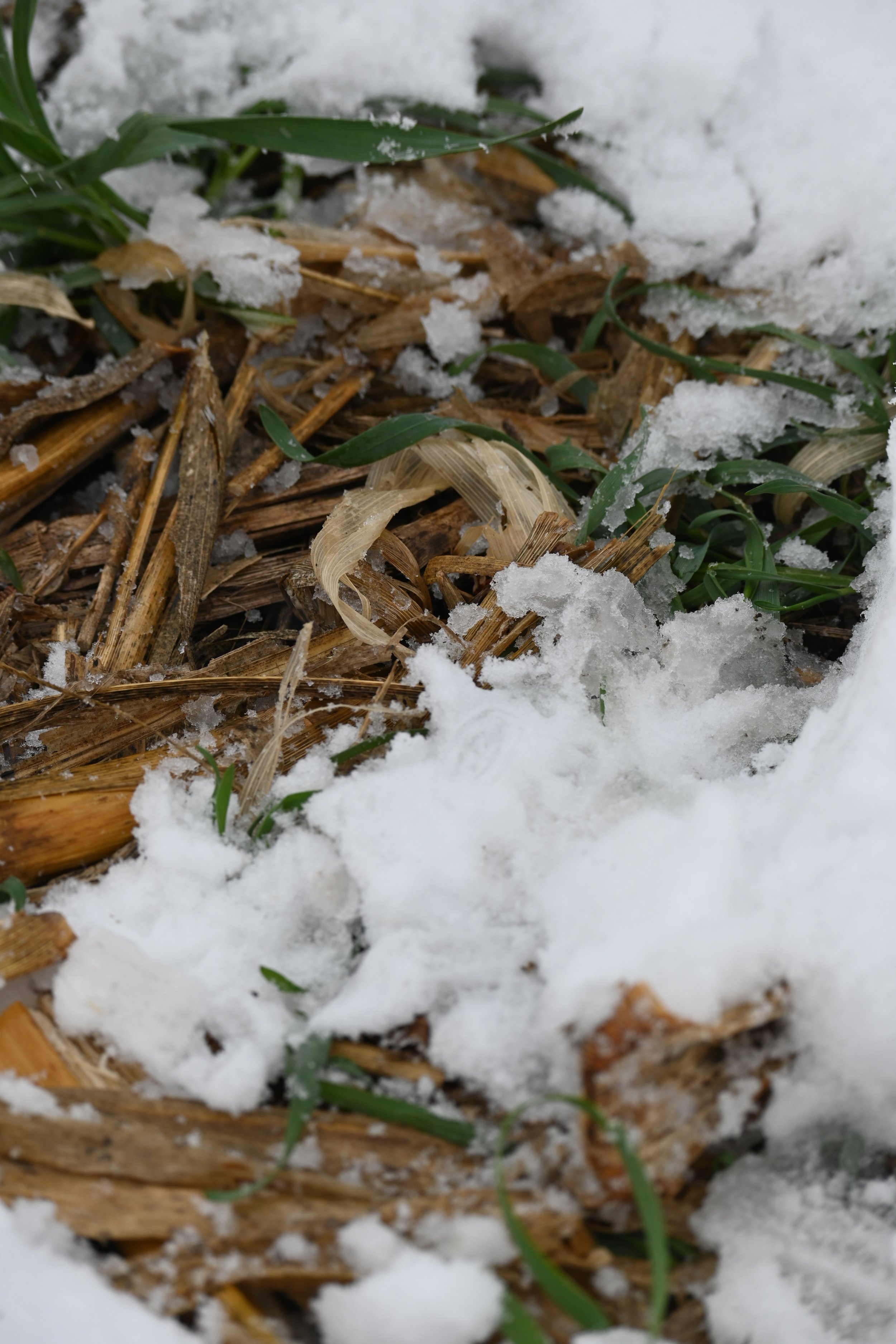John Kielkopf




ILF farmer partner John Kielkopf grows corn and soybeans near Hedrick in Keokuk County. John’s dad, Ron, started no-till on their farm in the early 1990’s when the first no-till drills were released. John and his dad believe their no-till system does less damage to soil structure compared to a system relying on extensive full-width tillage. Long-term no-till has improved water infiltration in their fields.
“After a big rain, I can drive around and see the water standing in the planter wheel tracks in tilled fields, and can’t even see the planter tracks in no-till fields. I think this shows where the water is infiltrating,” says Kielkopf.
About half of Kielkopf’s corn acres are planted no-till and half are planted following a single spring soil finisher pass. Corn is planted in a corn-soybean rotation and almost all the soybean acres are planted no-till into standing cornstalks. He is particular about adjusting his planter set-up based on soil conditions at planting. For corn, row units are equipped with row cleaners and in-furrow seed firmers. In dry soil conditions, a wavy coulter and cast-iron closing wheels are used on row units. In moist soils, John removes the wavy coulter and one cast-iron closing wheel and replaces it with a spiked closing wheel to break up sidewall compaction. He adds drag chains to ensure soil crumbles into the seed furrow. For soybean planting, Kielkopf runs wavy coulters and cast-iron closing wheels in all conditions. The fields are grid-sampled every four years and variable-rate dry phosphorus and potassium fertilizer are applied as needed. Fall-applied anhydrous ammonia supplies nitrogen for the corn.
Contact Information
John Kielkopf
Hedrick, IA 52563
Contact ilf@iastate.edu







